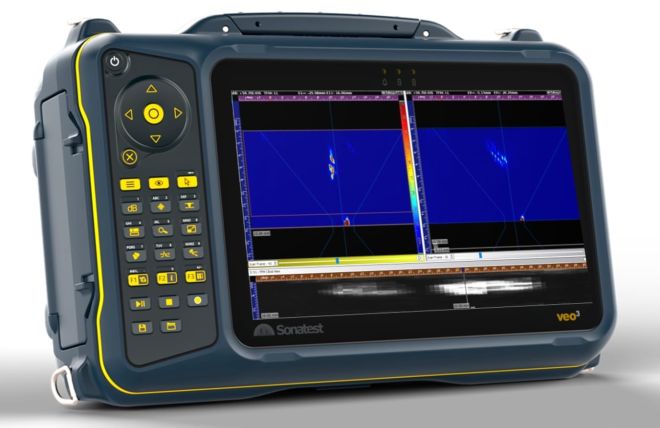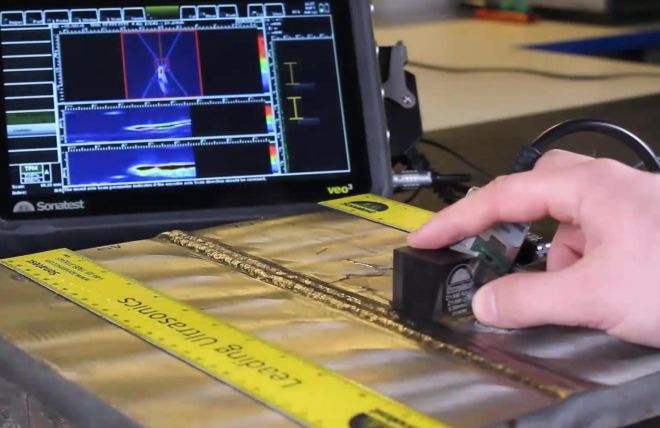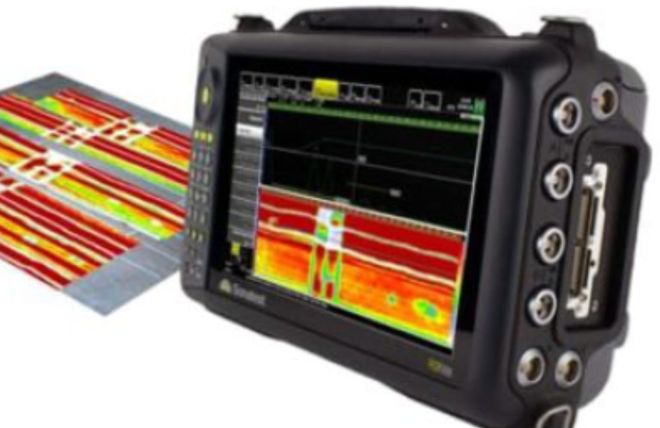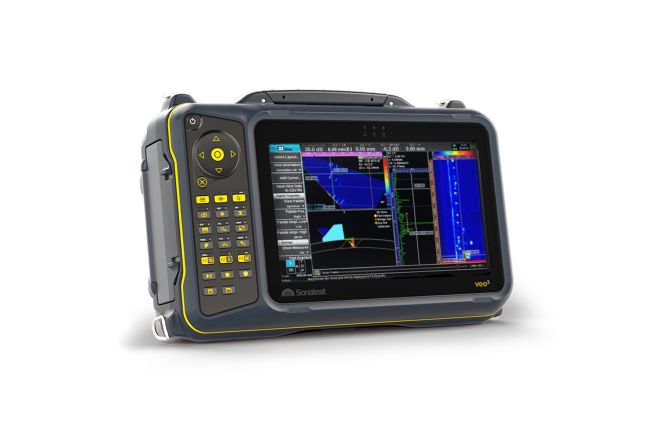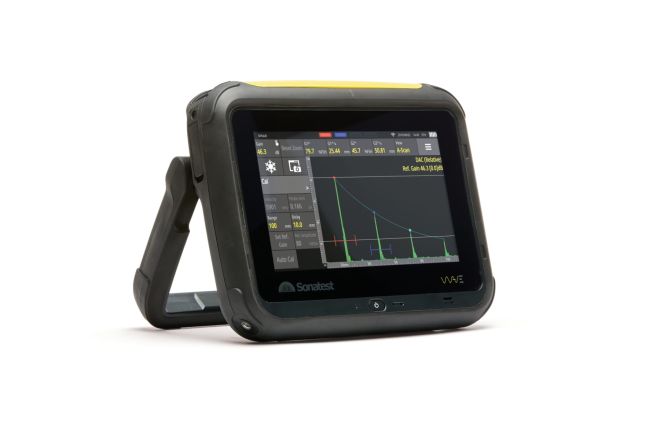NDT Education
Sonatest takes pride in its long-standing support for NDT schools and educators.
Our ultrasonic systems, equipped with cutting-edge tools and features, are not just instruments for learning the technique but also invaluable aids in conducting inspections. These globally recognized systems fully comply with international codes and standards, ensuring a seamless learning experience.
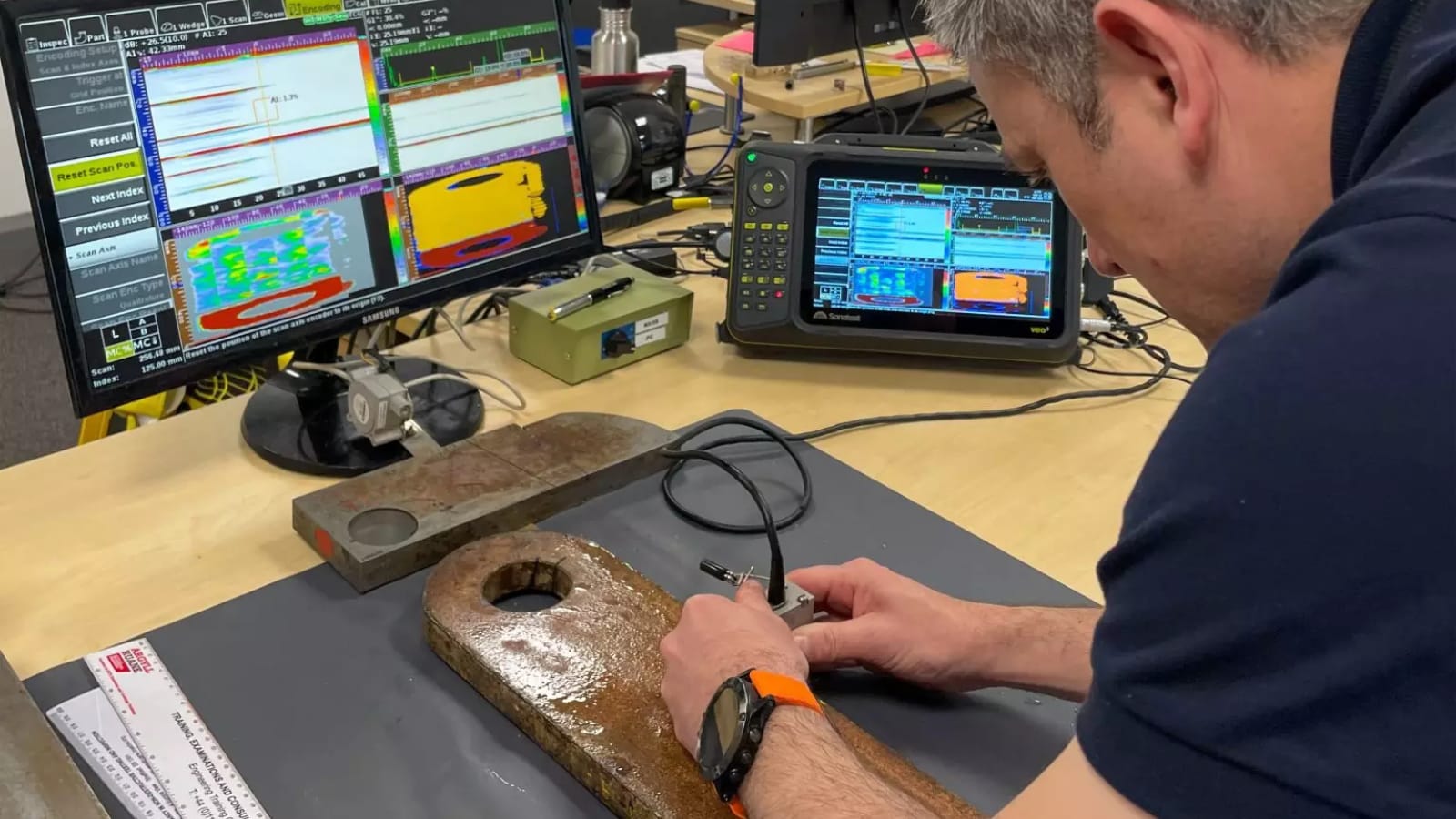
Our systems can be customisable to restrict students' access to certain features for educational purposes for a step-by-step learning path. This also aids examiners by restricting access to tools prohibited in exam situations.
Find out more about our phased array systems.
Find out more about our WAVE interactive flaw detector.
Our conventional UT Transducers, Phased Array Transducers, and TOFD Transducers can all be supplied to training schools.
Resource Links
Frequently Asked Questions
Non-destructive testing (NDT) is widely employed in education to train future engineers, technicians, and scientists in inspection and quality control techniques. By incorporating NDT into curriculums, students gain hands-on experience with technologies such as ultrasonic testing (UT), enabling them to apply these skills in industries like aerospace, automotive, and construction.
Ultrasonic testing is a versatile tool for both teaching and research. It enables students to understand material properties, detect flaws in samples, and analyse structural integrity. For researchers, UT supports advanced studies in material science, aiding in the development of innovative materials and inspection methodologies.
Investing in advanced NDT equipment, such as the VEO3, allows universities to offer cutting-edge training and conduct high-level research. With multi-technique capabilities, including phased array and TFM (Total Focusing Method), the VEO3 prepares students for real-world challenges and equips researchers with powerful tools for in-depth analysis.
The VEO3 allows students to capture full matrix (FMC) ultrasound data. The raw FMC content can then be post-processed with new imaging algorithms to potentially reveal new ways to identify defects. New imaging tools are useful to solve inspections with noise reduction, enhance contrast, etc.
NDT training in educational institutions prepares students for careers in diverse industries, including aerospace, energy, automotive, and infrastructure. By mastering techniques like ultrasonic testing, graduates contribute to maintaining safety, quality, and innovation in all sectors where NDT could be required.


